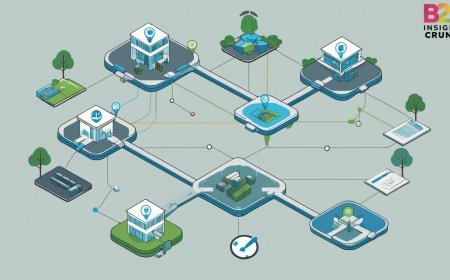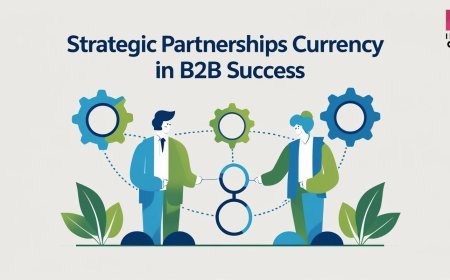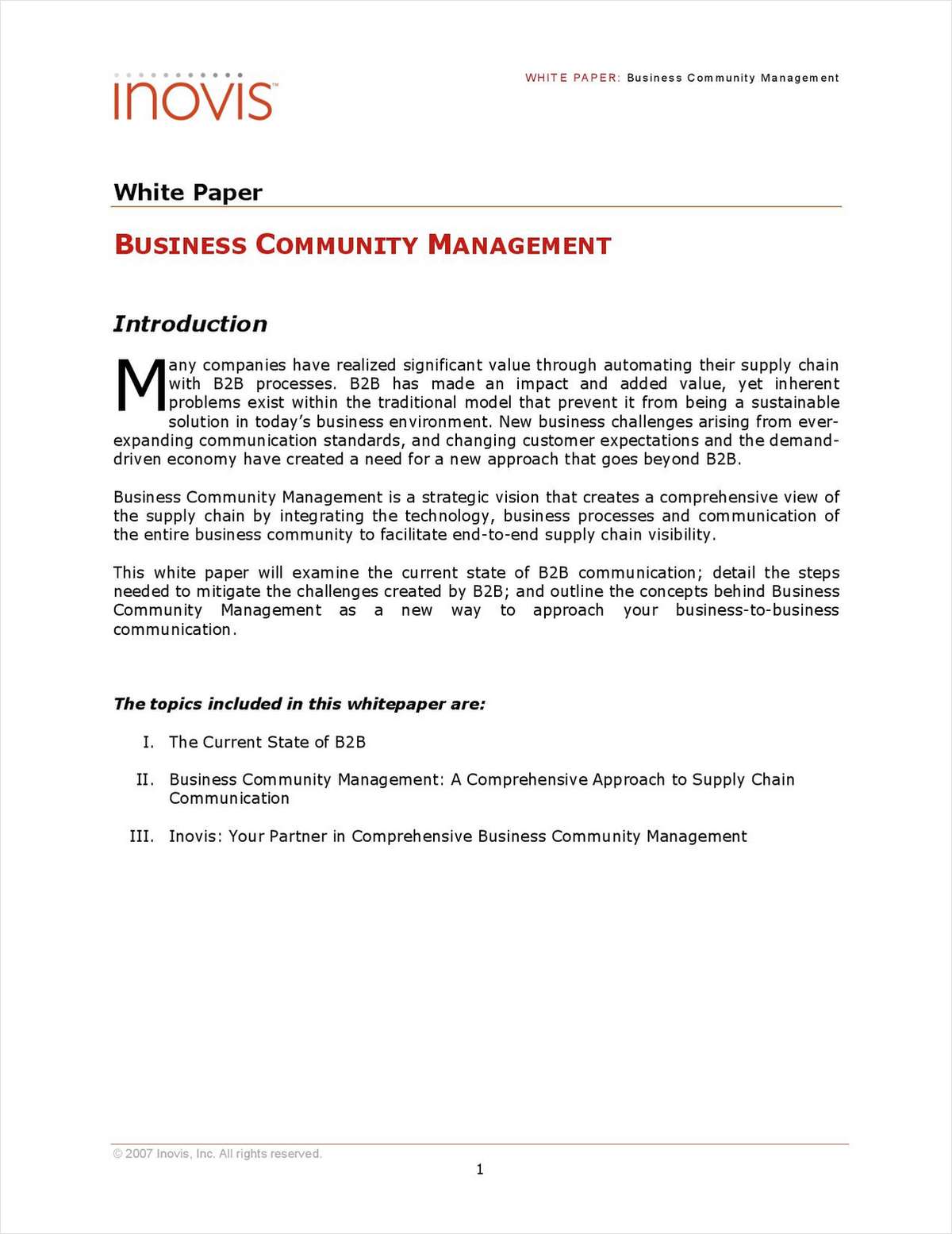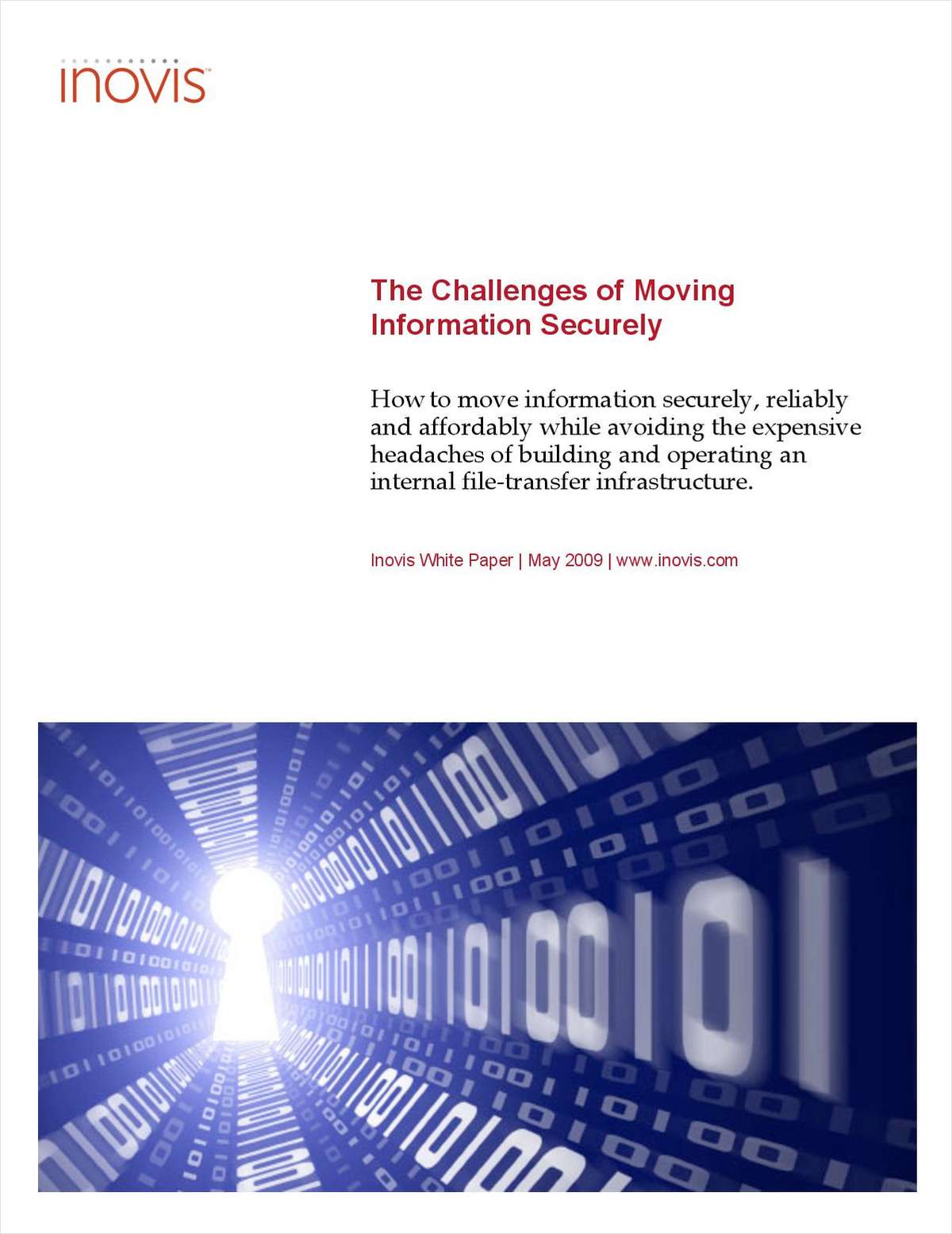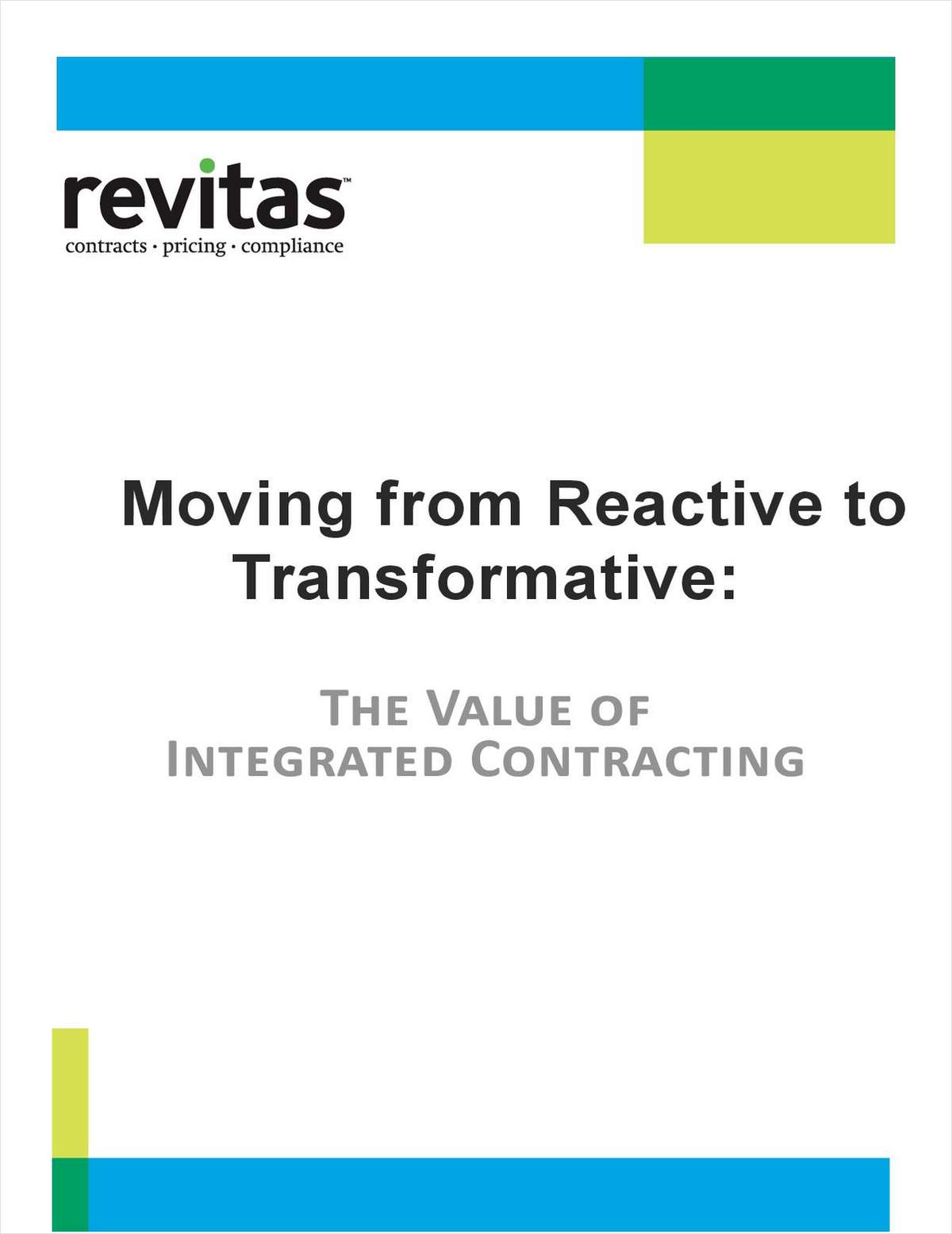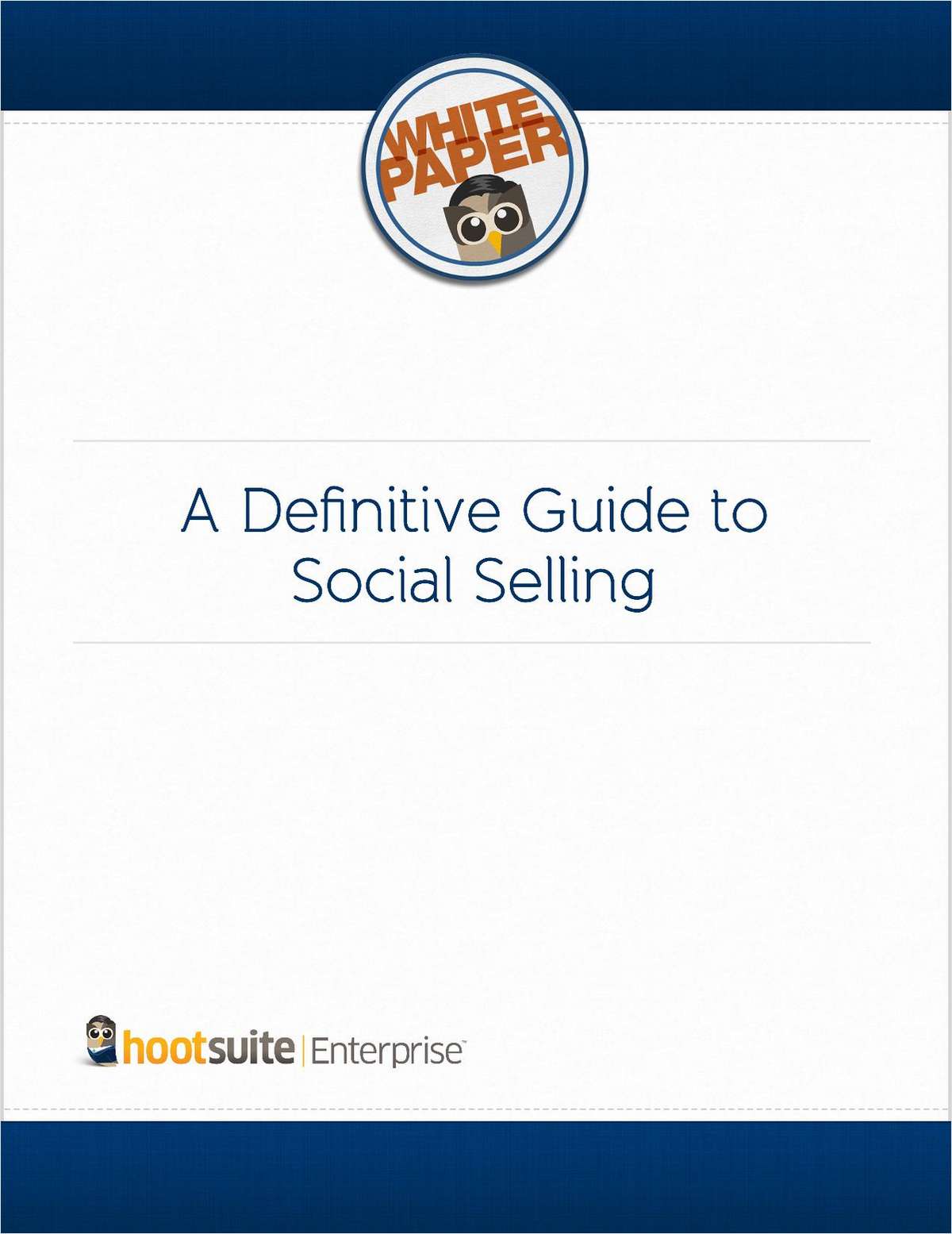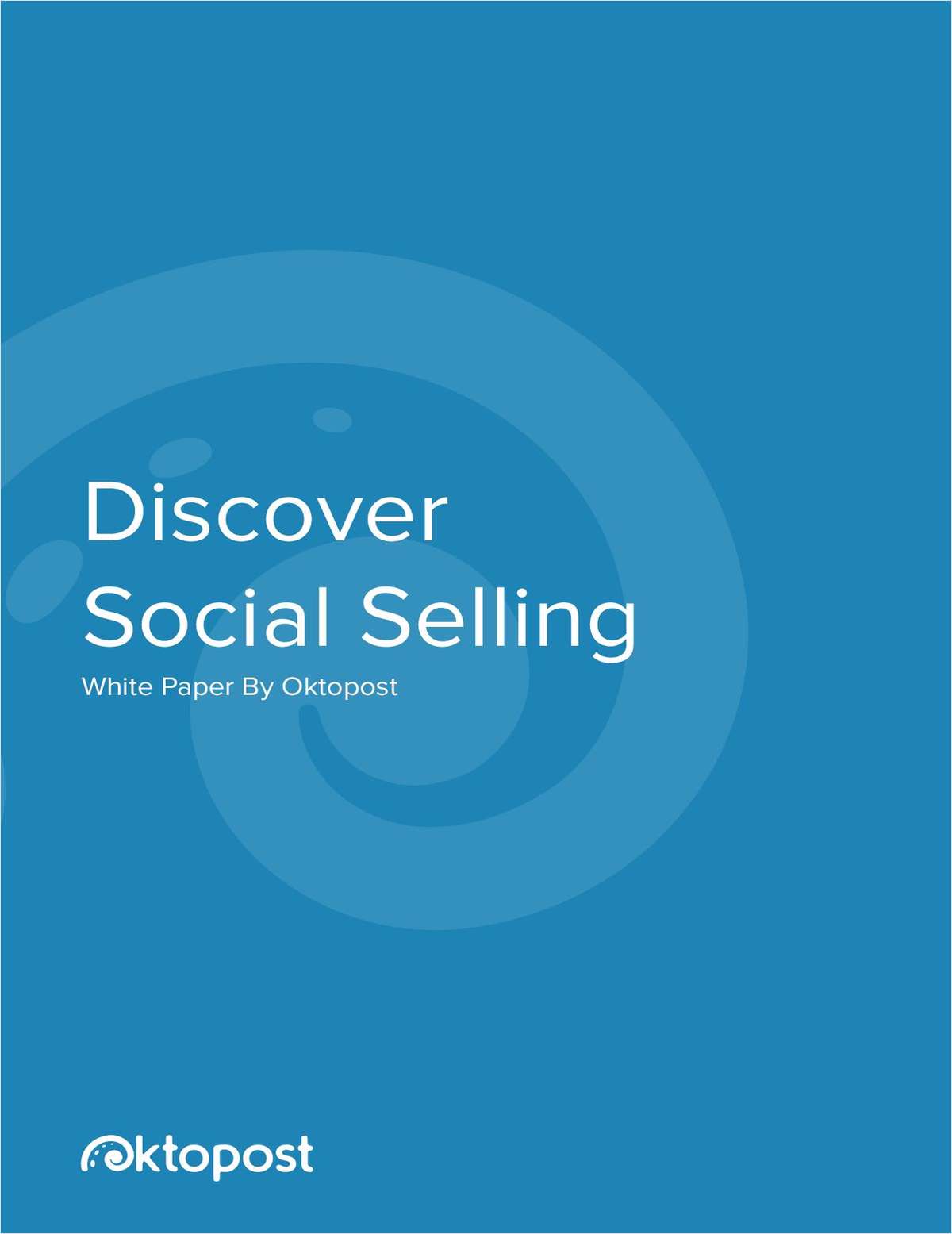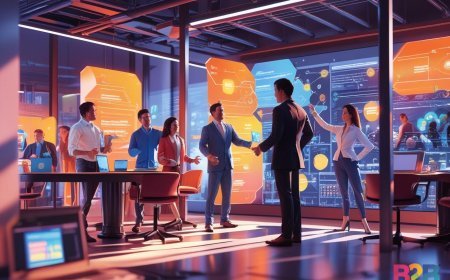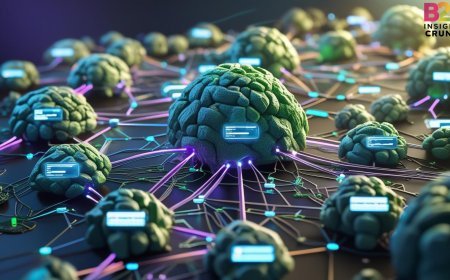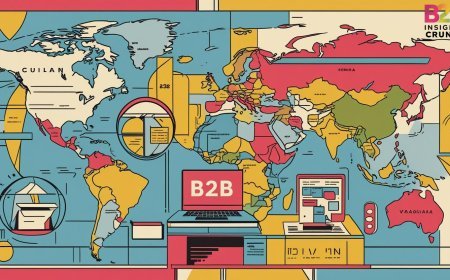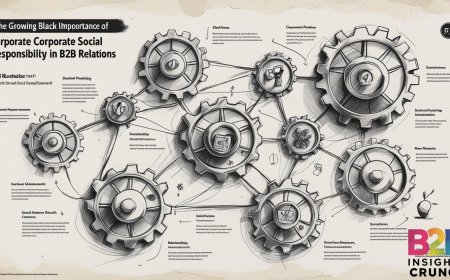The Integration of Circular Economy Principles in B2B Business Models
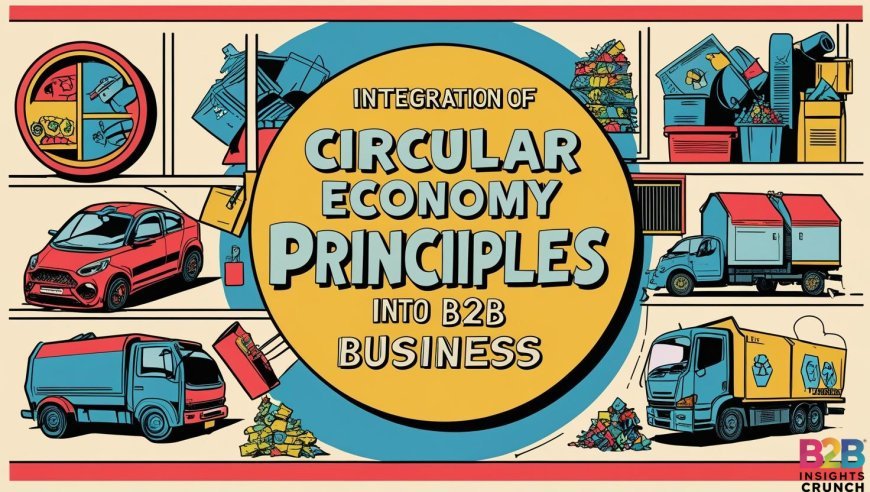
The Integration of Circular Economy Principles in B2B Business Models
In recent years, the concept of the circular economy has moved from a niche environmental idea to a core strategic approach for businesses worldwide. For B2B companies, integrating circular economy principles is not just about sustainability-it’s about rethinking how value is created, delivered, and preserved across the entire supply chain. This shift marks a profound transformation in how businesses operate, collaborate, and innovate.
At its essence, the circular economy challenges the traditional linear model of “take, make, dispose” by emphasizing resource efficiency, reuse, and regeneration. Instead of products being discarded at the end of their lifecycle, materials and components are kept in circulation, reducing waste and environmental impact. For B2B businesses, this means designing products, services, and partnerships that prioritize durability, reparability, and recycling, while also creating new revenue streams from secondary markets or service-based models.
One of the key drivers for B2B companies adopting circular economy principles is the growing pressure from customers, regulators, and investors demanding sustainable practices. Businesses today recognize that sustainability is no longer just a compliance issue but a competitive advantage. By embedding circularity into their business models, companies can differentiate themselves, reduce costs, and build stronger, more resilient supply chains.
Integrating these principles requires a collaborative approach. B2B businesses often operate within complex ecosystems involving suppliers, manufacturers, distributors, and clients. Success depends on transparency and coordination across all these players. For example, manufacturers might work closely with suppliers to source materials that are easier to recycle or refurbish. At the same time, distributors and clients might adopt take-back programs or leasing arrangements that extend product life and facilitate material recovery.
Technology plays a crucial role in enabling circularity within B2B models. Digital platforms, IoT devices, and advanced analytics allow companies to track products and materials throughout their lifecycle. This visibility helps identify opportunities for reuse or recycling, optimize inventory management, and predict maintenance needs to extend product longevity. Moreover, data insights empower companies to innovate new circular services such as product-as-a-service models, where customers pay for usage rather than ownership, aligning incentives around sustainability and efficiency.
However, adopting circular economy principles is not without challenges. It demands a fundamental change in mindset, processes, and metrics. Traditional KPIs focused on short-term financial gains must evolve to incorporate environmental impact, resource productivity, and long-term value creation. Organizations also need to invest in training and culture shifts to embed sustainability across teams and decision-making.
Financial considerations can be a hurdle as well. Transitioning to circular models often requires upfront investment in new technologies, supply chain redesign, and partnerships. Yet, many businesses are discovering that the long-term benefits-cost savings, risk reduction, enhanced brand reputation, and regulatory compliance-far outweigh initial expenditures.
Ultimately, integrating circular economy principles into B2B business models is about reimagining how businesses create value in harmony with the planet. It invites companies to become stewards of resources, innovators of new solutions, and collaborators within a broader ecosystem committed to sustainability. This journey is shaping the future of B2B commerce-where economic growth and environmental responsibility go hand in hand, forging resilient and thriving industries for years to come.


